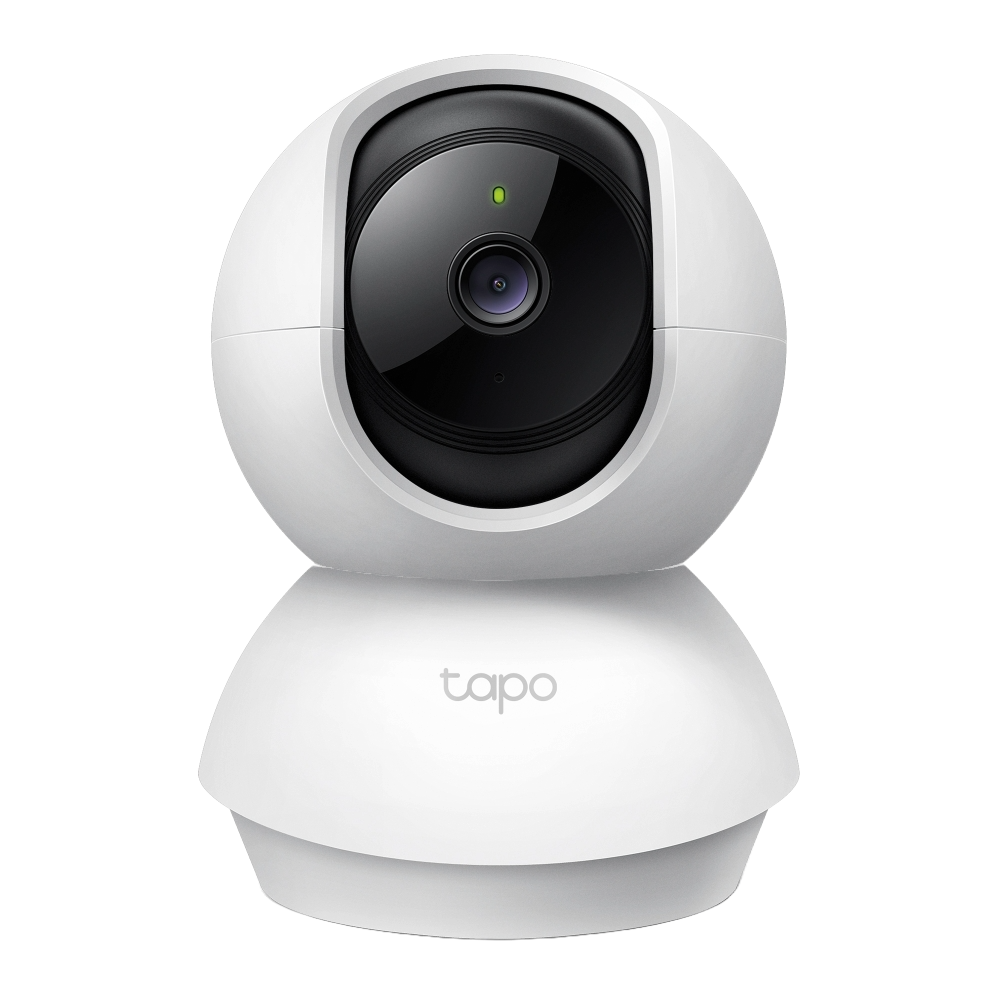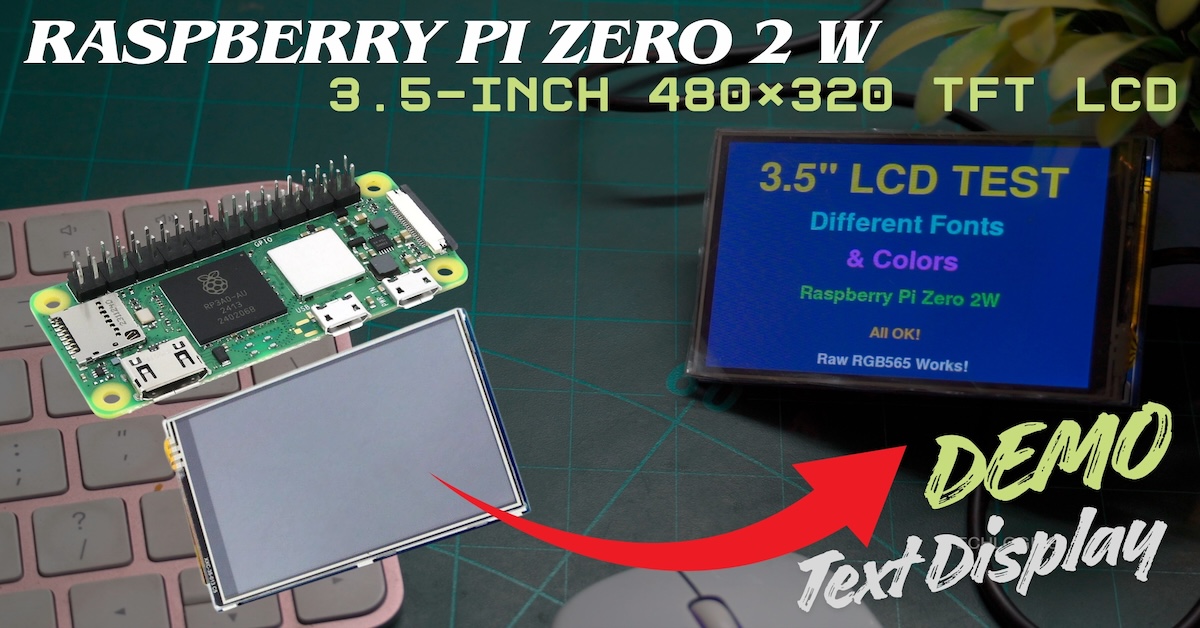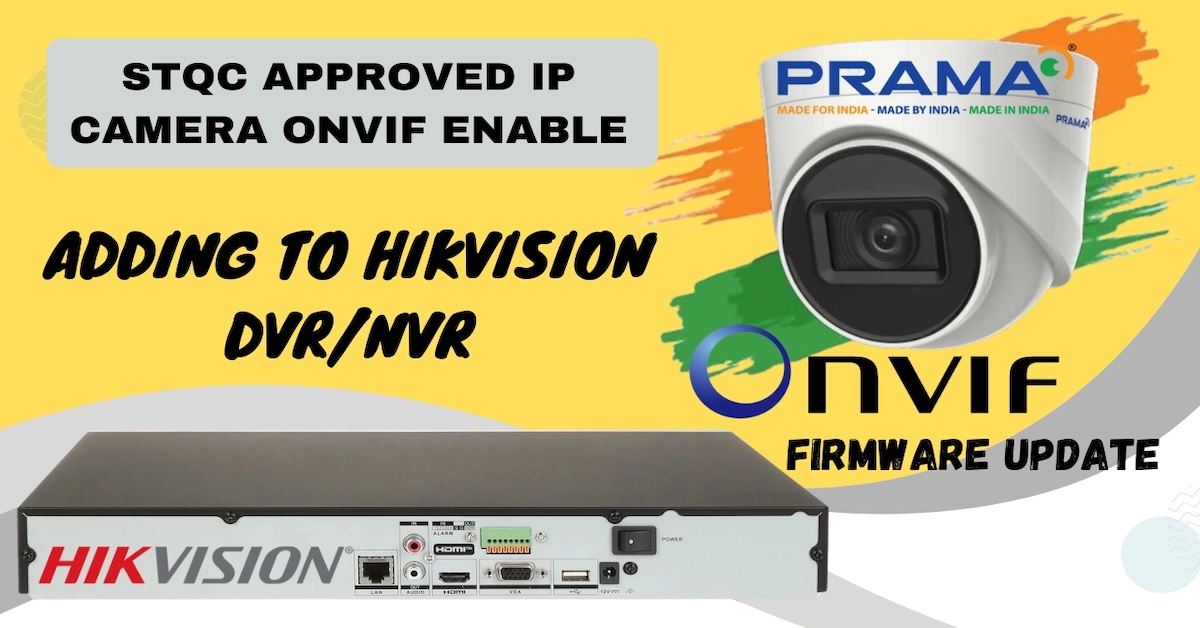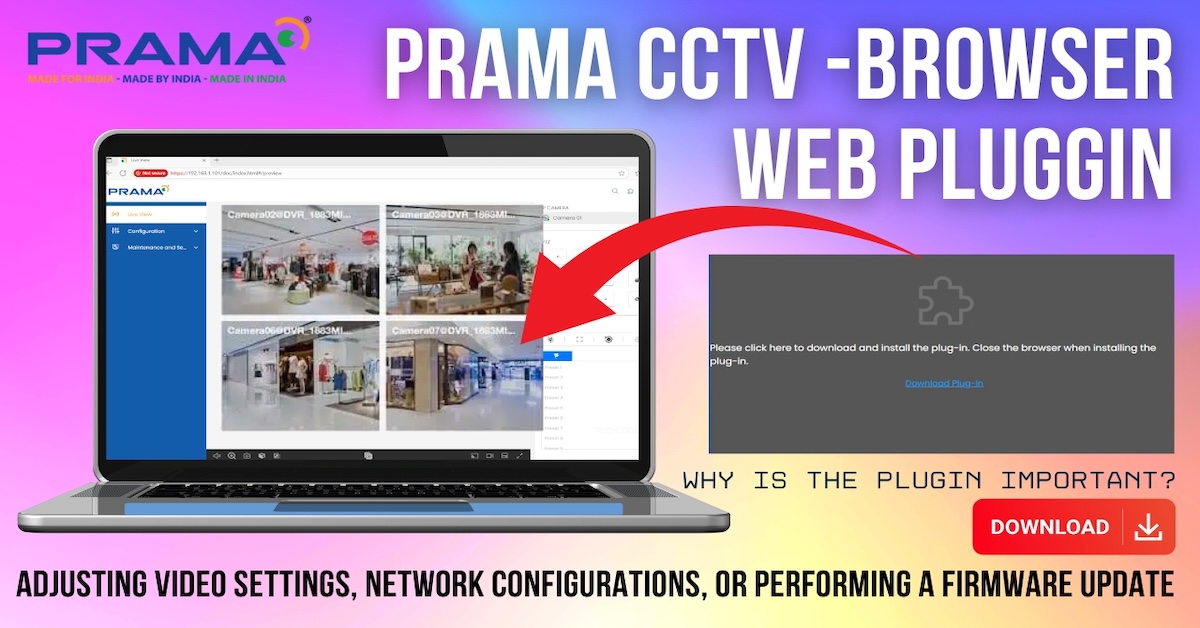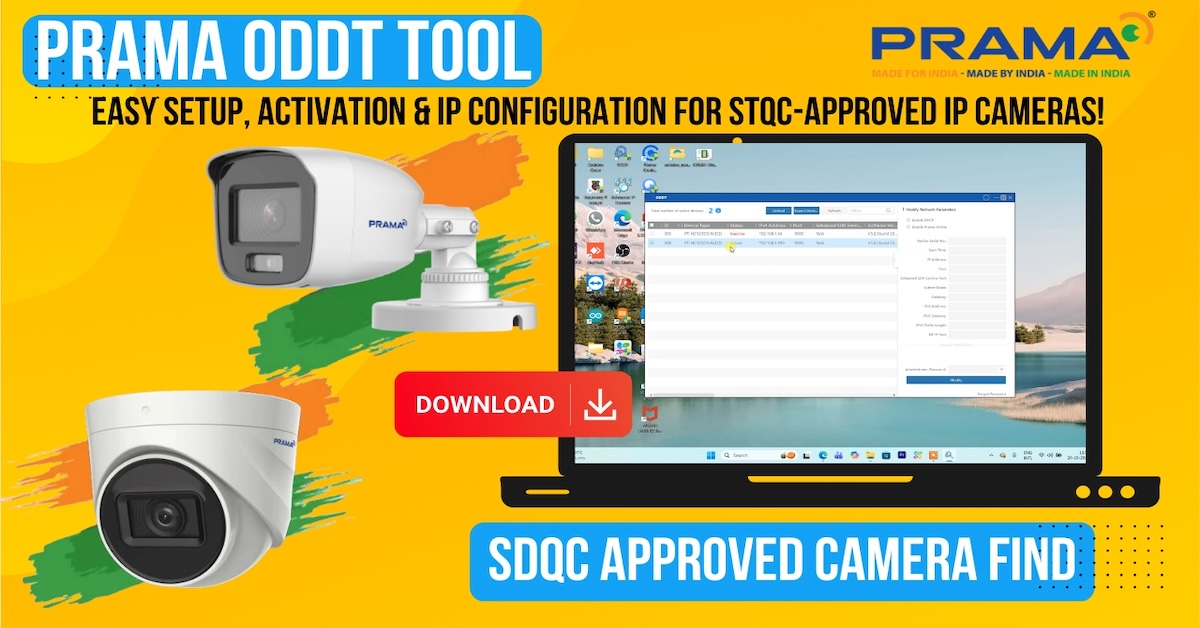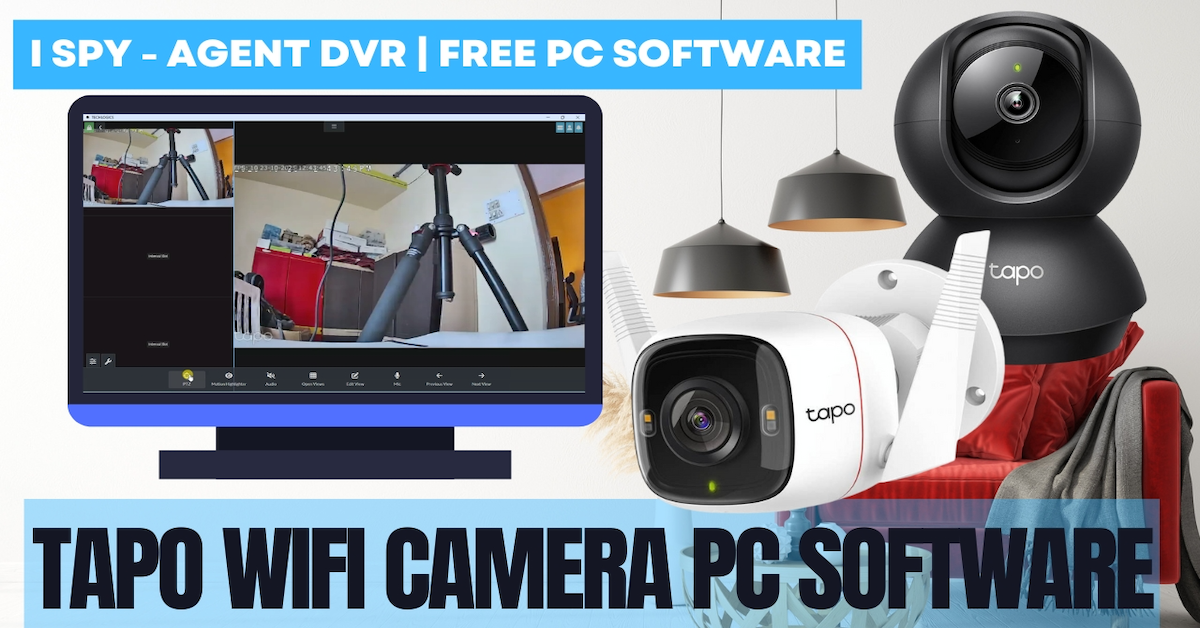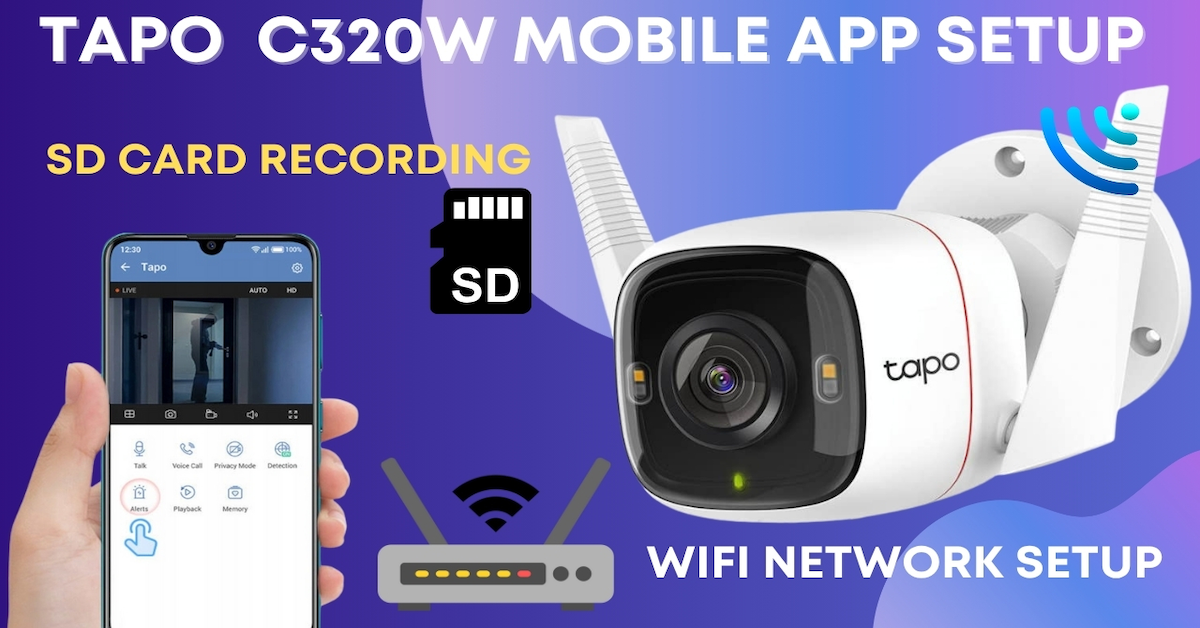Welcome to TECH LOGICS! In this guide, we’ll walk you through the initial setup process for activating your Hikvision DVR, ensuring your surveillance system is up and running smoothly. Whether you’re a beginner or a seasoned user, this step-by-step blog post will help you configure your DVR for reliable security.
Prerequisites: Hard Drive Installation
Before starting, ensure the hard drive is properly installed in your DVR. If you haven’t done this yet, refer to our detailed guide on hard drive installation for step-by-step instructions. A correctly installed hard drive is essential for a seamless setup.
Step 1: Connect Your Devices
- Connect Cameras: Use BNC cables to connect your cameras to the DVR’s numbered input ports. You can organize the cameras in any order based on your surveillance needs.
- Attach USB Mouse: Plug the provided USB mouse into one of the DVR’s USB ports. This makes navigating menus, adjusting settings, and controlling the DVR much easier.
- Connect Display Device: Use an HDMI or VGA cable to connect a TV or monitor to view real-time footage and interact with the DVR’s user interface.
- Optional LAN Connection: Connect a LAN cable from your modem or router to the DVR for remote access via a mobile app or web browser. Ensure your network is configured for remote viewing, consulting your provider if needed.
- Power Up: Connect the DVR’s DC power adapter to the device and plug it into a power outlet. Turn on the DVR to display the initial setup screen.



Note: For detailed instructions on connecting camera video and DC power using CCTV or Cat6 cables, check out our dedicated guide.
Step 2: Initial Setup Wizard
Once powered on, the DVR may beep, indicating that the new hard drive needs formatting. Use the connected USB mouse to navigate the setup wizard and configure the following:
- Region and Language: Select your region and language to align settings like date and time with your location.
- Time Zone and Date Format: Choose your time zone and preferred date format based on regional standards.
- Set Date and Time: Adjust the current date and time accurately using the mouse pointer.

Step 3: Secure Your DVR
- Create Admin Password:
- The default username is “admin.”
- Enter and confirm a secure password in the provided fields.
- Set a password hint to help recover your password if forgotten.
- Optional Pattern Lock:
- Enable the “Unlock pattern” option for an additional security layer.
- Draw your pattern twice in the pattern window for confirmation. Customize it based on your security preferences.
- Click Activate and then Next to proceed.


Step 4: Network Configuration
On the network setup page:
- Enable DHCP to automatically obtain an IP address for simplified network access.
- If you prefer a static IP or lack an internet connection, skip this step and configure network settings later.
Step 5: Format the Hard Drive
In the storage settings window:
- Check the status of the connected hard drive. A new drive may show as “Uninitialized.”
- Select the drive and click Init to format it. This process prepares the drive for recording and may take a few moments.
- Once complete, the status will update to “Normal” or “R/W,” and the free space indicator will confirm available storage.


Step 6: Add IP Cameras (Optional)
In the “Online Device” section:
- Add IP cameras by following the on-screen instructions.
- If you don’t have IP cameras, skip this step.
Step 7: Enable Hik-Connect (Optional)
In the “Hik-Connect” section:
- Enable remote access via the Hik-Connect mobile app if your DVR is connected to the internet.
- Skip this step if you prefer to configure remote access later.
Step 8: Account Recovery Setup
- Enter your email address for account recovery and notifications.
- Set and answer three security questions to aid in password recovery if needed.

Step 9: Enable Audio (Optional)
After setup, enable the microphone audio capture feature to record audio from cameras with audio capabilities. This enhances your surveillance by capturing both video and audio.
Your DVR is Ready!
Congratulations! Your Hikvision DVR is now securely configured and ready to record footage. You can:
- Monitor live feeds.
- Review recordings.
- Set up motion detection alerts.
- Customize recording schedules.
This setup ensures your property stays protected with a reliable security solution.

Need More Help?
For additional setup options or clarification, explore our series of tutorials. If you encounter issues, leave a comment or check our other resources. Your support through likes, shares, or subscriptions helps us create more valuable content for our community. Thank you for joining TECH LOGICS!
